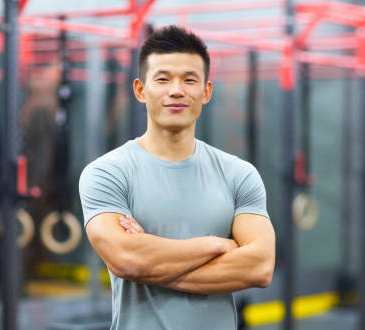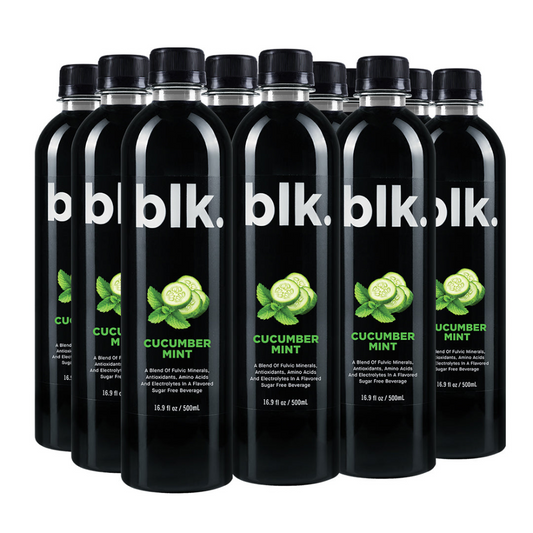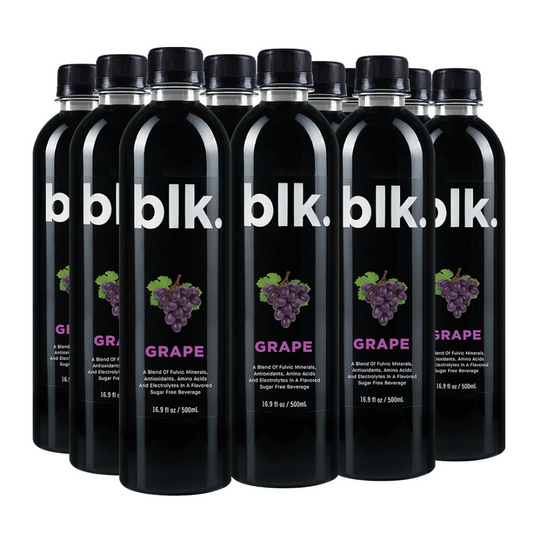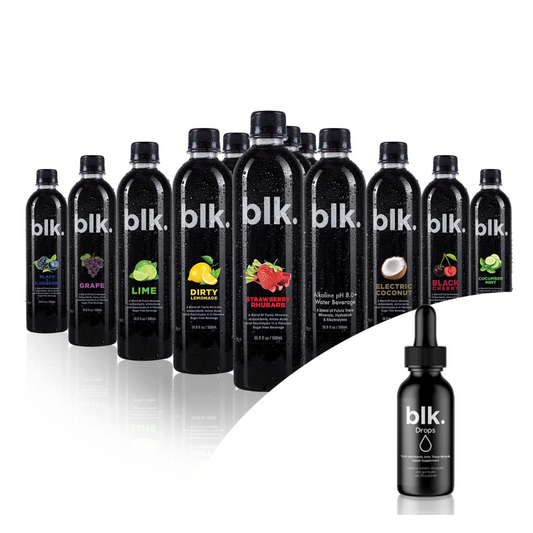
Stay Active With These 6 At-Home Exercises
This Article Will Guide on:
- The benefits of staying active at home
- The Best 6 At-Home Exercises that help you stay active
- How to perform at-home exercises
Staying active has various advantages ranging from increasing lifespan, weight management, strengthening muscles and bones, and improving overall well-being. Home exercises are an effective means of staying active in life.
These exercises are relatively easy to do, convenient, economical, relatively safe, and easily customizable. If you want to know what home exercises you should do to stay active, we have you covered. This article discusses the best six home exercises to help you stay active and do your daily activities. You should aim for 150 minutes weekly with these exercises.
Benefits of Staying Active at Home
Weight Management
Your eating patterns and physical activity contribute significantly to your weight management. Consuming more calories than is burned makes you gain weight. You need moderate physical activity to maintain your weight and intense exercises to lose weight. Staying active helps you maintain and lose weight, depending on your goal.
Overall Well-being
Staying active with home exercises help you prevent the risk of diseases such as cardiovascular diseases, diabetes, and cancer. Previous research and studies have revealed that moderate to increased physical activity may help lower death rates and that even a few steps a day may help lower the risk of premature death.
Strengthening Muscles
Muscles and joints weaken as you age, thus the need to keep them more vital always. Strong muscles and joints allow you to do your daily activities and stay active. Staying active by doing home exercises such as strength training may help maintain muscle mass and strength.
Best 6 At-Home Exercises to Stay Active
#1 Bodyweight Squats
Bodyweight squats are also known as air squats. These are squats done using only the body weight. You should feel the effect in your thighs and glutes when you do a bodyweight squat. Bodyweight squats enable you to learn the proper form for squats and help build solid strength and balance. They also enable you to add mass to your hamstrings, quadriceps, thighs, abdominals, and glutes.
If you are a beginner, you should do 3 sets of 12 to 15 reps of bodyweight squats.
How to do bodyweight squats
- Keep your feet at shoulder width apart, pointing straight ahead.
- As you squat, your hips should move down and back.
- The hips should go lower than the knees.
- Maintain your lumbar curves with your heels flat on the floor.
#2 Lunges
Lunges are leg-strengthening exercises that help with injury prevention and rehabilitation after injuries. They are also functional exercises that help prepare you for daily movements. Lunges are known to improve balance and stability in unilateral movements. They also help build stronger muscles.
Lunges work the following muscles in your body;
- Erector spinae
- Multifidus
- Obliques
- Transverse abdominis
- Calves
- Hamstrings
- Gluteals
- Quadriceps
How to do a Lunge
The ONLY Way You Should Be Doing Lunges! (Build GREAT Legs)
- Position yourself in a standing position with your feet hip-width apart.
- Put one leg in front of your torso, making a forward step longer than a walking stride. Your rear heel should rise while the foot forwards lands and remains flat on the floor.
- Bend your knees to about 90 degrees while lowering yourself. Maintain an upright trunk as you engage your core.
- Forcefully push off from the front leg and return to the standing position.
- Your fitness level determines how many lunges you should do. For instance, if you are a beginner, you should aim for 3 sets of 10 to 12 reps on each leg.
#3 Push-Ups
Push-up exercises can be done as part of strength training, circuit training workouts, and bodyweight exercises. They help build the upper body and core strength. Push-ups have many modifications and variations to suit beginners, intermediates, and advanced trainers.
How to do a Push-Up
The Perfect Push Up | Do it right!
- Get on the floor on all fours and put your hand slightly wider than the shoulders.
- Keep your elbows slightly best.
- Extend your legs back with your feet hip-width apart to maintain balance.
- Contract your abs and pull your belly button towards the spine to tighten your core.
- As you bend your elbows and lower yourself to the floor to a 90 degrees position, inhale.
- Breathe out as you contract your chest muscles and push back through the hands to return to the start position.
Push-Up Variations for Advanced Trainees
- Archer push-ups- 20
- Tiger push-ups- 20
- Planche push-ups- 20
- Deficit pike push-ups- 20
- One-arm push-ups- 10 on each arm
#4 Planks
A plank is a bodyweight exercise that involves maintaining a push-up-like position. It uses body weight as resistance. A plank works your entire core. A plank helps improve your posture, increases flexibility, is easy to modify, and helps build a strong core.
How to do a Plank
Planks for Beginners | Bowflex®
- Get down on all fours with your face down, elbows directly under your shoulders, and your forearms facing forward.
- Pull your navel towards the spine to engage your abdominal muscles. Ensure your torso is straight and the body in a straight line.
- Keep your shoulders down and the heels over the balls of your feet.
- Maintain this position for about ten seconds before releasing it to the floor.
#5 Jumping Jacks
A jumping jack is a full-body exercise that forms part of plyometric workouts. Being a plyometric workout, a jumping jack works the lungs, heart, and muscles. Jumping jacks specifically work the hip flexors, quadriceps, and glutes.
Jumping jacks allow you to run and jump faster, which makes them perfect for athletes. A previous study has also indicated that jumping jacks benefit bone health. Jumping jacks may also help reduce the risk of gestational diabetes in pregnant women.
How to do a Basic Jumping Jack
How to Do Jumping Jacks Properly [Exercise At Home]
- Stand with your legs straight and your arms at your sides.
- Jump as you spread your feet beyond hip-width apart and bring your arms above the head close to touching.
- Jump again while lowering your arms and bringing your legs together.
- Return to the starting position.
- For a beginner, start with 10 jumping jacks daily. As an advanced trainee, you can aim for 25 jumping jacks daily.
#6 Mountain Climbers
Mountain climbers are bodyweight workouts that engage many muscles at once, thus helping improve agility, coordination, and balance. A mountain climber is done from a plank position by pulling one knee to the chest and back with increased speed every time. Mountain climbers target the core, arms, quads, and shoulders.
Beginners can start with the low-impact mountain climbers variation, while advanced trainees may do the foot-switch mountain climbers or the sliding mountain climbers.
How to Do Mountain Climbers | The Right Way | Well+Good
How to Perform a Low-Impact Mountain Climber
- Bring yourself to a plank position, bring your right knee to your chest, and your right foot maintains an elevated position.
- Take your right foot back to the plank position with your toes touching the ground.
- Reverse the move and use your left knee to your chest as your left foot gets off the ground.
- Return your left foot to the plank position and repeat step 2 above.
- Alternate sides for the required number of reps.
How to Perform a Foot-switch Mountain Climber
- Begin from a standard plank position.
- Bring your right knee to your chest and let your big toe touch the floor.
- Jump-switch your feet, bringing your left foot forward and the right foot back simultaneously.
- Repeat this for your desired number of repetitions.
Conclusion
The home exercises discussed in this article are very crucial for staying active. You can do these exercises in the comfort of your home; you do not have to go to the gym. Do these workouts independently or incorporate them into your workout routine. Consider adding caffeine rich health drinks to your routine as you perform these exercises. Caffeine enhances alertness and improves focus.
Frequently Asked Questions
-
Can I do HIIT at home?
-
What should I do if I have limited time for at-home exercises?
-
Can at-home exercises help reduce stress?
-
Is yoga an excellent exercise to do at home?
-
Can resistance bands be used in at-home exercises?




